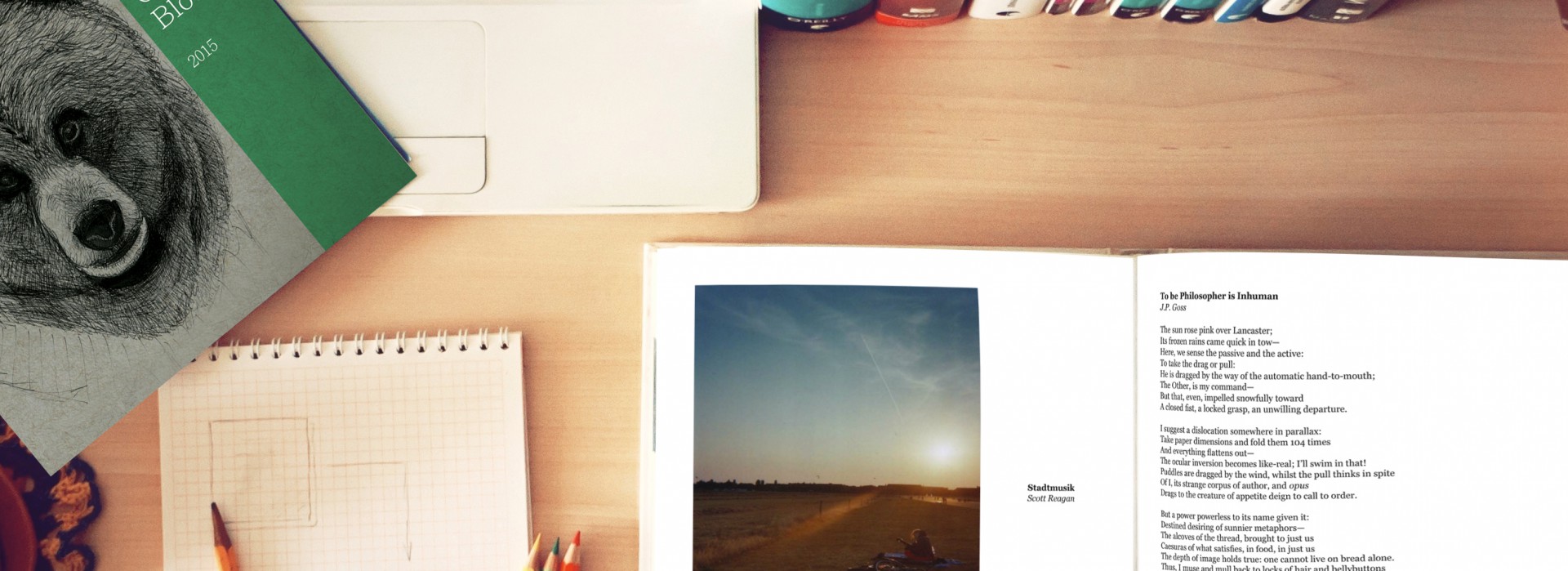reviewed by Isaac Fox

Poets have been comparing stages of life with the seasons for a very, very long time. Over years, decades, and centuries, that metaphor has moved from innovation to trope to that dreaded final resting place of language and thought—the cliché. Building a whole book around it, then, seems risky to say the least.
In Red Stilts, Ted Kooser does exactly that, and the result transcends cliché. Kooser’s seventeenth poetry collection has five numbered sections, each focusing on a different season and stage of life. The first section consists of one relatively long poem describing the pre-birth potential that comes before a person. This section doesn’t follow the stage-of-life = season formula as directly as the other four, although it takes place in summer, and children are typically born into the summer of their parents’ lives. Section two is about winter and childhood; three, spring and early adulthood; four, summer and middle age; and five, fall and old age.
This construction doesn’t feel tired or cliché because Kooser makes room for complexity within his ancient metaphor. Section three, for example includes some poems on young adulthood and some poems on spring, but very few that explicitly invoke both. “At Dawn,” for example, describes a simple scene: “a junco / climb(ing) a spruce / as if upon / a spiral stair.” The playfulness and cheery forward momentum of its ascent relate thematically and tonally to life as a just-barely-not-a-kid-anymore, but Kooser lets that relationship stay implicit.
He also complicates the metaphor by acknowledging that death is present from the beginning, and that even the young know it. Several funeral scenes appear throughout the sections, and time is a constant theme. In “Another World,” which appears in the second section, Kooser describes an early loss of innocence regarding time. He compares a fishbowl to a clock, with “two fish / with tails that swept along behind them / for the clock’s two hands, though they were / loose and swam through time, ahead and back, / with nothing to age or change.” That poem ends with these lines: “(W)hen I awoke / from dreaming in that easy, timeless world / I had to leave the timeless part behind.”
Even as he writes about massive, heady topics like time, Kooser resists grandiose and “poetic” language. His diction is simple, his lines mostly maintain a regular and easy-to-read length, and his language is unambiguous. His scenes are everyday and often suburban: hawks, robin eggs, a garbage truck’s tire tracks in the snow. However, these images are often surprising and intense. The tire tracks, for example, are “two keyboards / impressed in the snow, with the shadows of treads, / for the sharps and flats, at least a hundred octaves / reaching into a silence.”
When Kooser strays farthest from literal language and the suburban Midwest, the topic is often loss or death. “The Couple” focuses on a wife fighting cancer and a husband fighting to sustain them both, but Kooser tells their story entirely through a nautical metaphor. “(T)he waves of her illness would lift them,” he writes, “then let them fall, and in each trough / they took on a little more water, / the test results spilling over the rails, / but both were still able to bail / and they bailed.”
A poem-length metaphor is nothing fancy for most poets, but it stands out among the literal, concrete descriptions that make up Red Stilts. Through this outlier and a few others like it, Kooser argues that even though we’re surrounded by death at every stage of life, it always feels like something strange and distant. It’s everyday, but the everyday can’t begin to describe it.
Isaac Fox is a student at Lebanon Valley College, where he majors in English and creative writing. He spends his free time reading and writing things that aren’t assigned, shooting pictures, and playing the clarinet. His fiction and photography have appeared in Rune Bear and Heart of Flesh magazines, as well as Green Blotter’s 2021 issue. You can find him on Twitter at @IsaacFo80415188.


